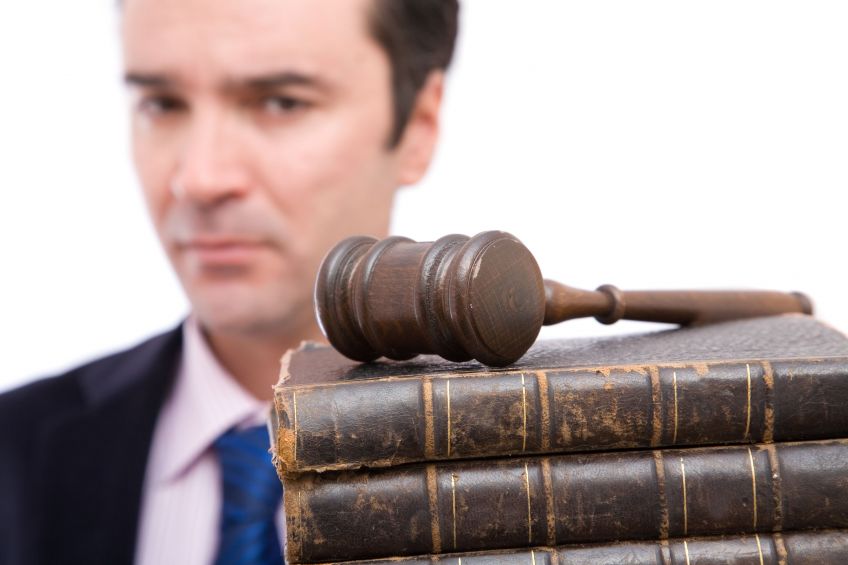Maybe you’ve heard the old court reporter joke:
Q: What gear were you in at the moment of the impact?
A: Gucci sweats and Reeboks.
Funny, for sure. But somehow, we know that people on the witness stand are likely to misunderstand questions and make humorous — even ill-timed — responses. And all responses, even the silly ones, make it into the court record due to the efforts of the person doing the court reporting that day.
Texas court reporting gear has come a long way since the days of Perry Mason when the court reporter’s machine pushed out text on a long strip of paper that draped over the table and onto the floor. Today, technology has changed court reporting in ways undreamed of by Perry, Della, and Paul. Texas court reporting equipment has morphed from mechanical boxes into sophisticated digital equipment.
A steno machine invented in 1906 by Ward Stone Ireland revolutionized court reporting with its high-speed keyboard and minimal number of keys. Ireland’s concept is still used today, though the machines are ancient history. Taking a leap forward, the 1970s saw the development of computer-assisted transcription (CAT), which became the standard in court reporting. Today, court reporters still use stenotype machines to record spoken dialogue, only today, those steno symbols are recorded in a computer program using computer-assisted transcription to translate the key combinations into words and phrases.
In the early 1940s, Horace Webb wanted to better handle fast talkers and difficult terminology and also reduce the time it took for transcribing court reporting documents. His experiment using a microphone inside a rubber Air Force face mask and a coffee pot eventually was perfected into the stenomask. Court reporters speak directly into a covered microphone to record the court dialogue, a procedure known as “re-voicing.” The stenomask allows reporters to identify who is speaking and also add descriptions of gestures and actions taking place in the courtroom. The microphone design ensures that the reporter’s words can’t be heard. The finished recording passes through a computerized speech-recognition system, where the recording can be edited for spelling and grammar before becoming the official court transcript.
Texas court reporting has entered the digital age with digital dictation. Dialogue in the courtroom is recorded real-time in a digital audio format. This method allows greater intelligibility, faster retrieval of dialogue, more file formats for transferring files to other media, greater ability to share files among multiple typists, and better sound quality. Digital transcription software can be used to take the sound files and create a transcription document of the court proceedings.
Court reporting has an interesting and inventive history, one that has pushed its professionals into new directions and new technologies. In today’s courtroom, Perry Mason would be assured of more accurate and timely transcripts. And who knows? He might even win a few more cases.



